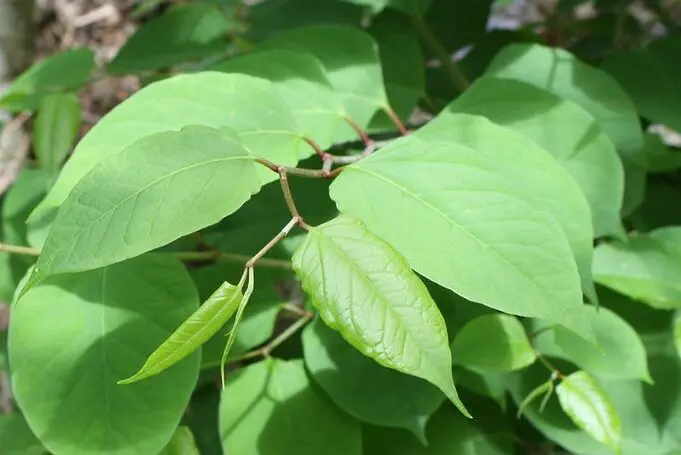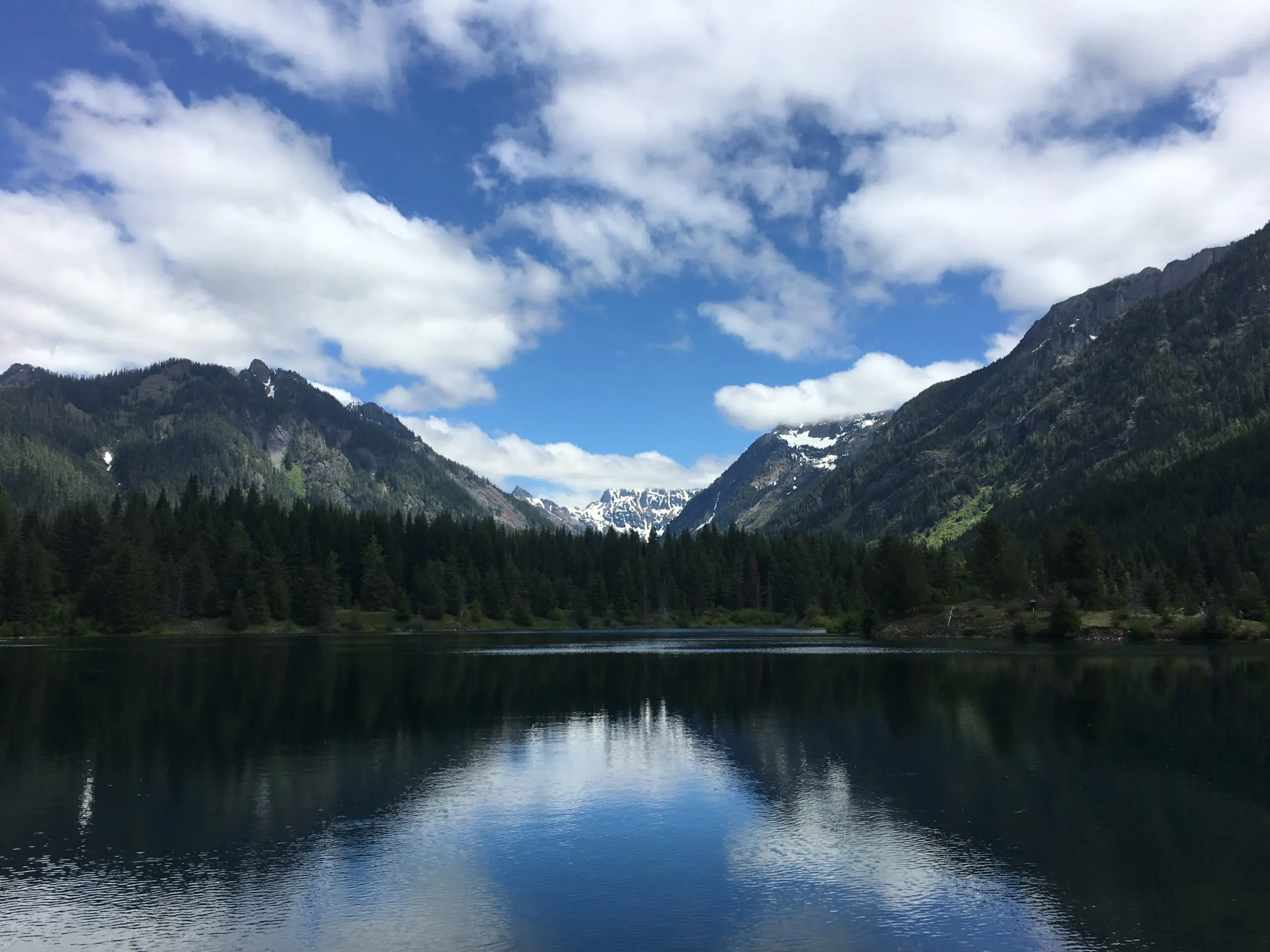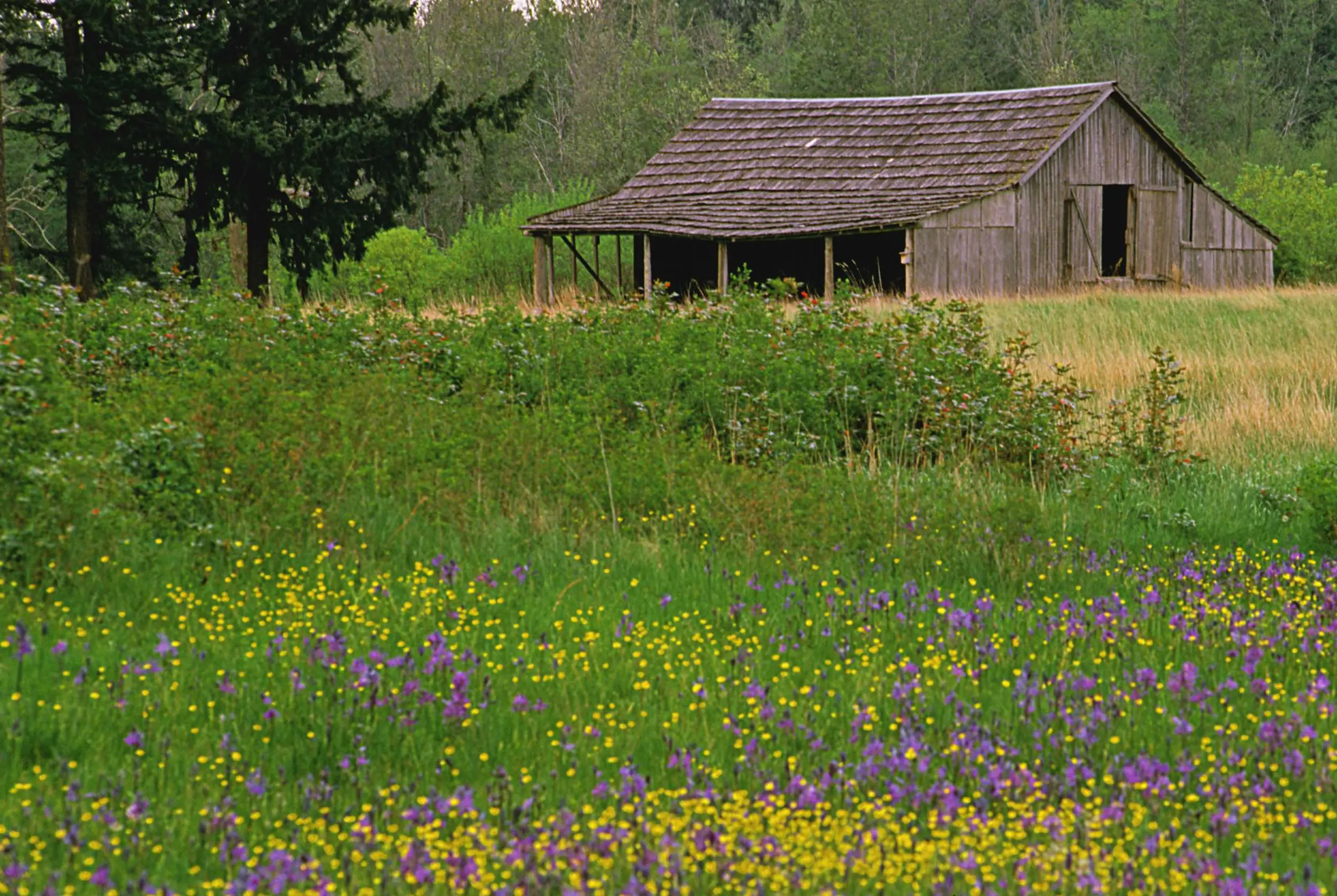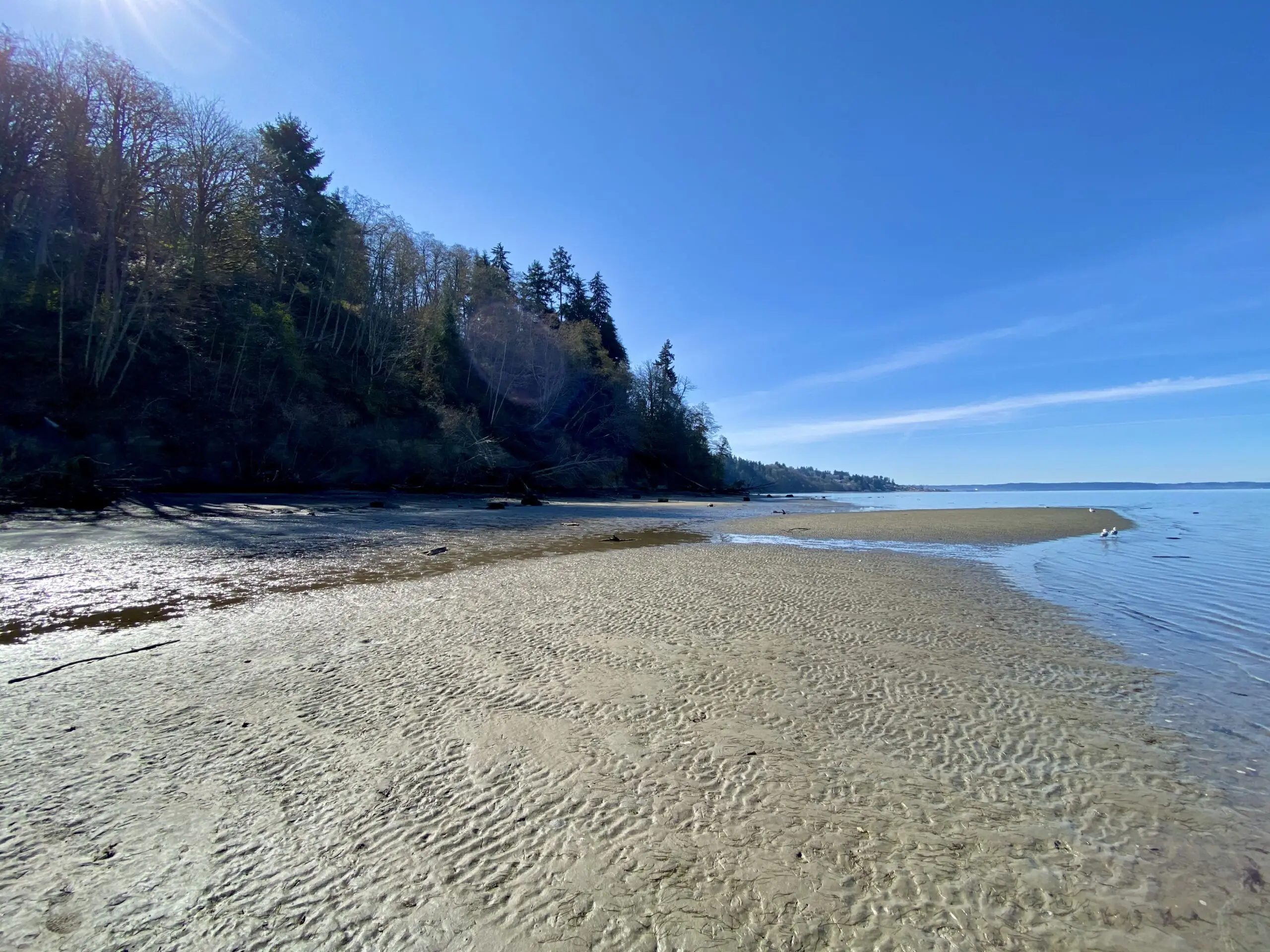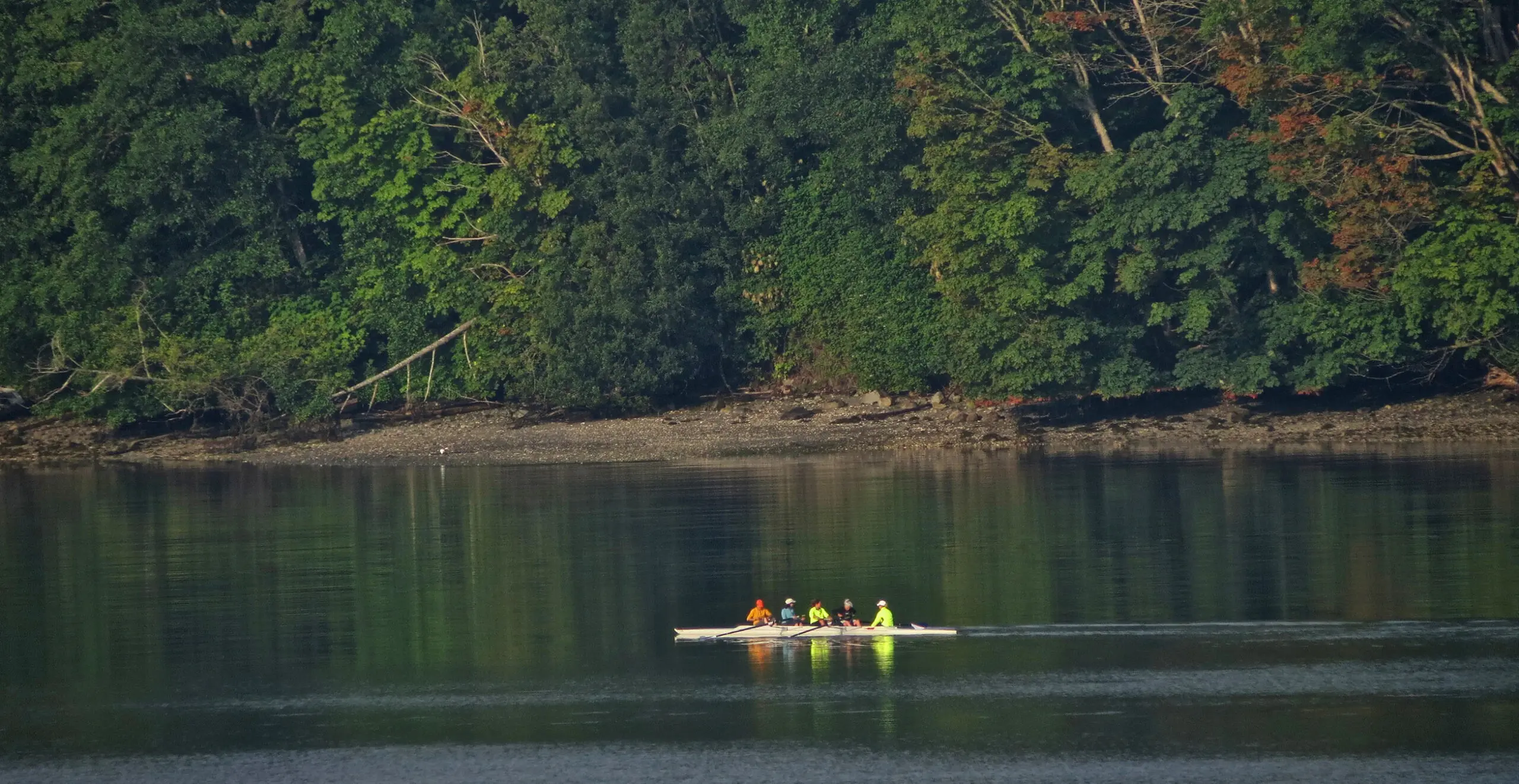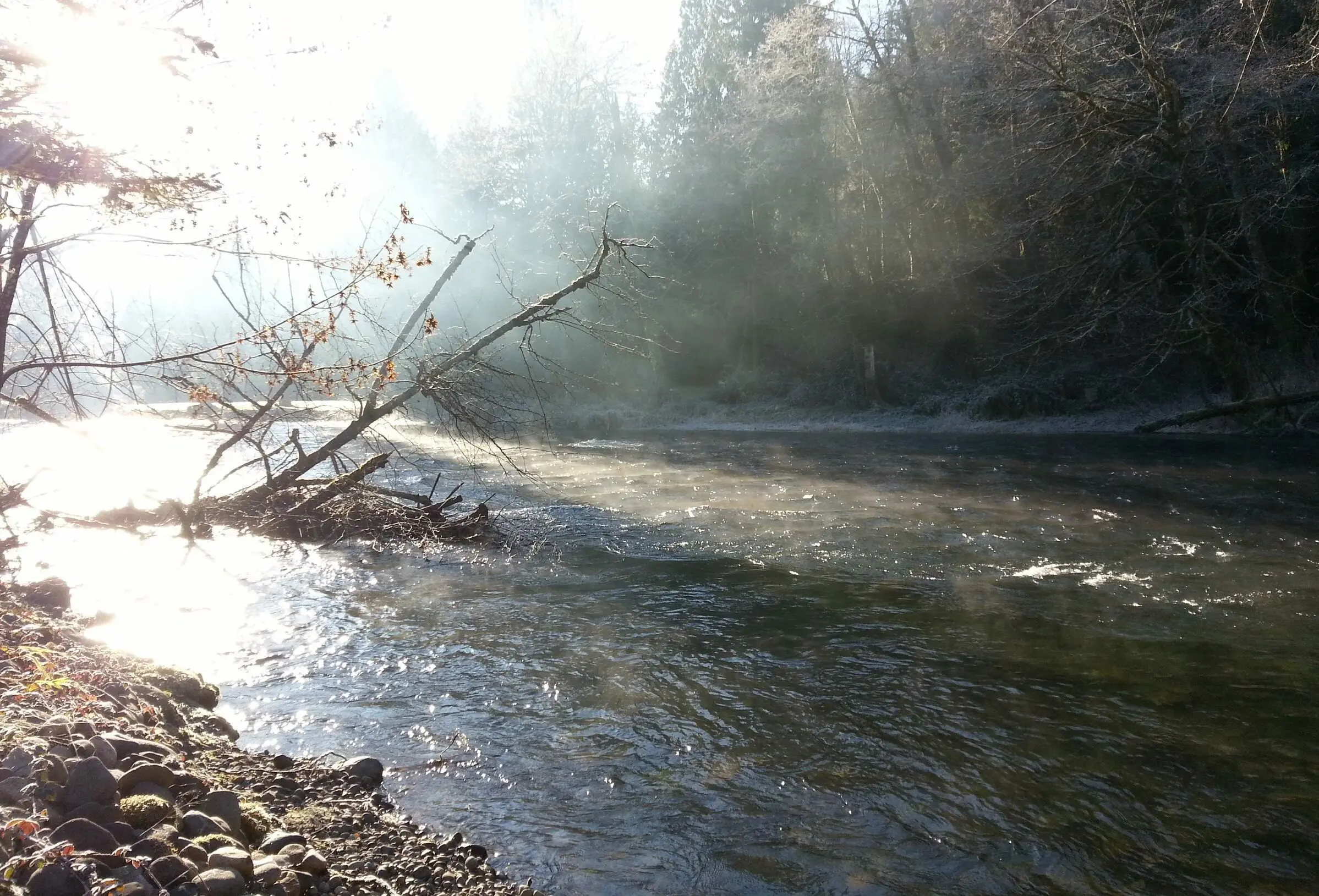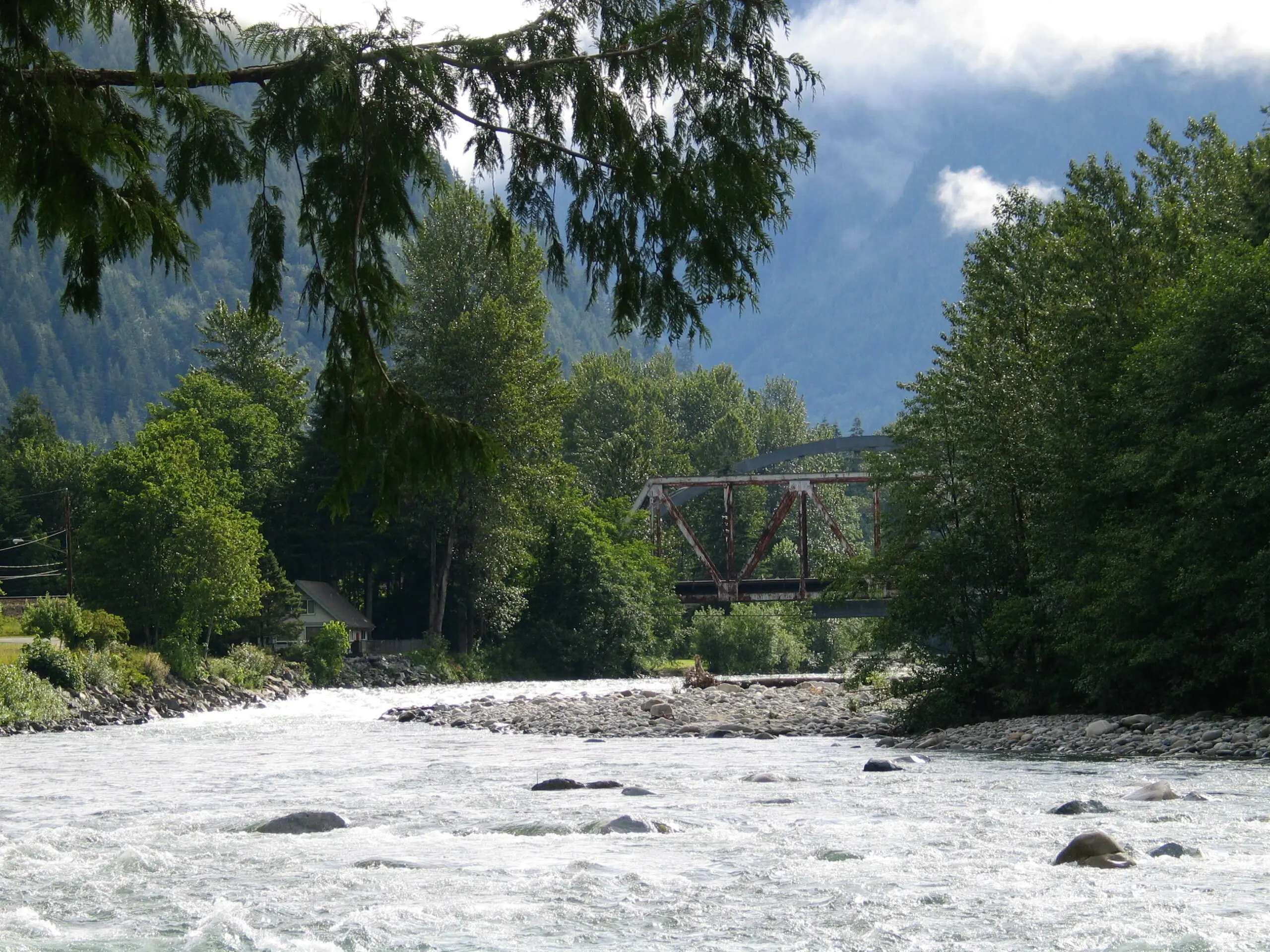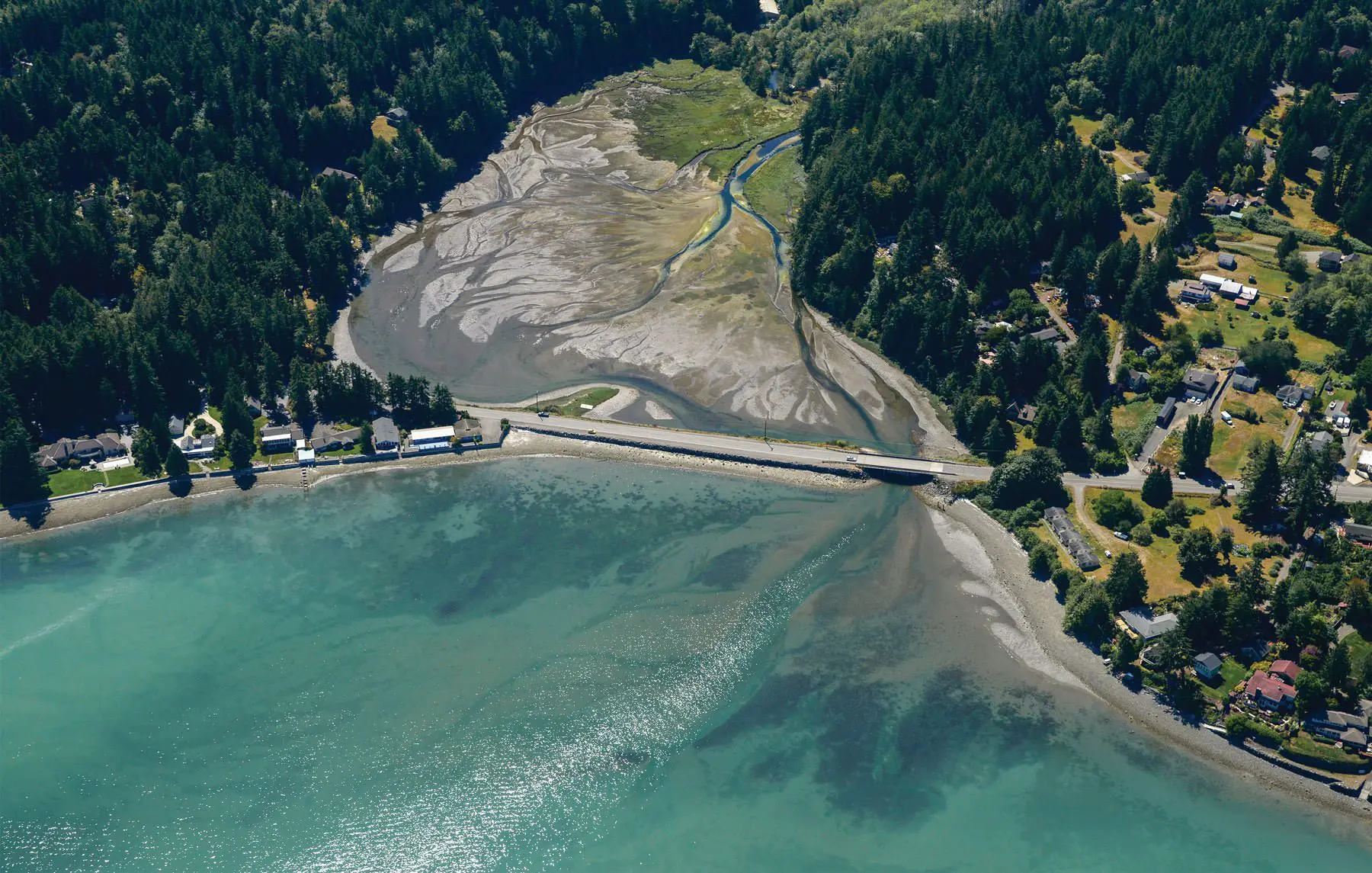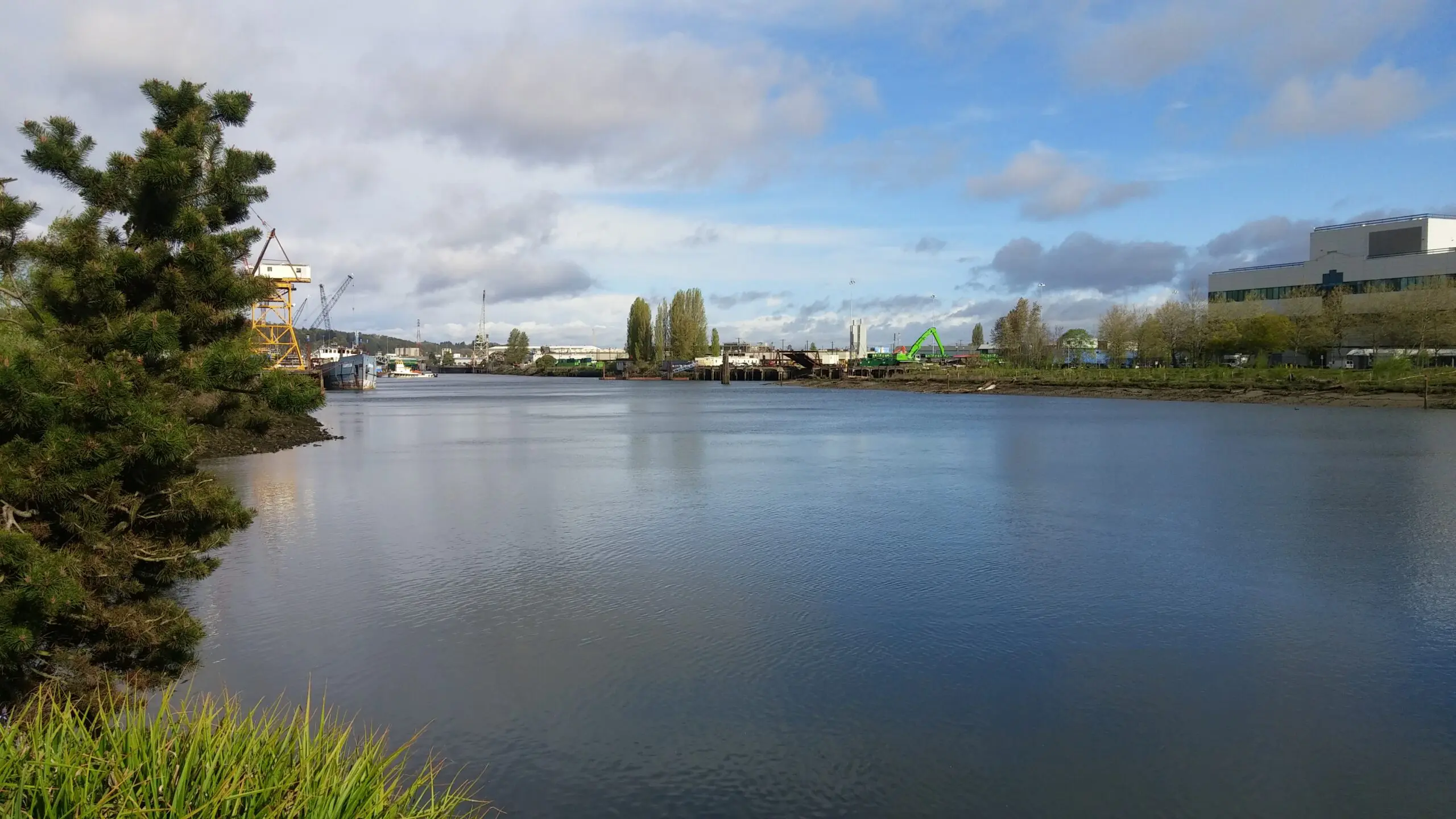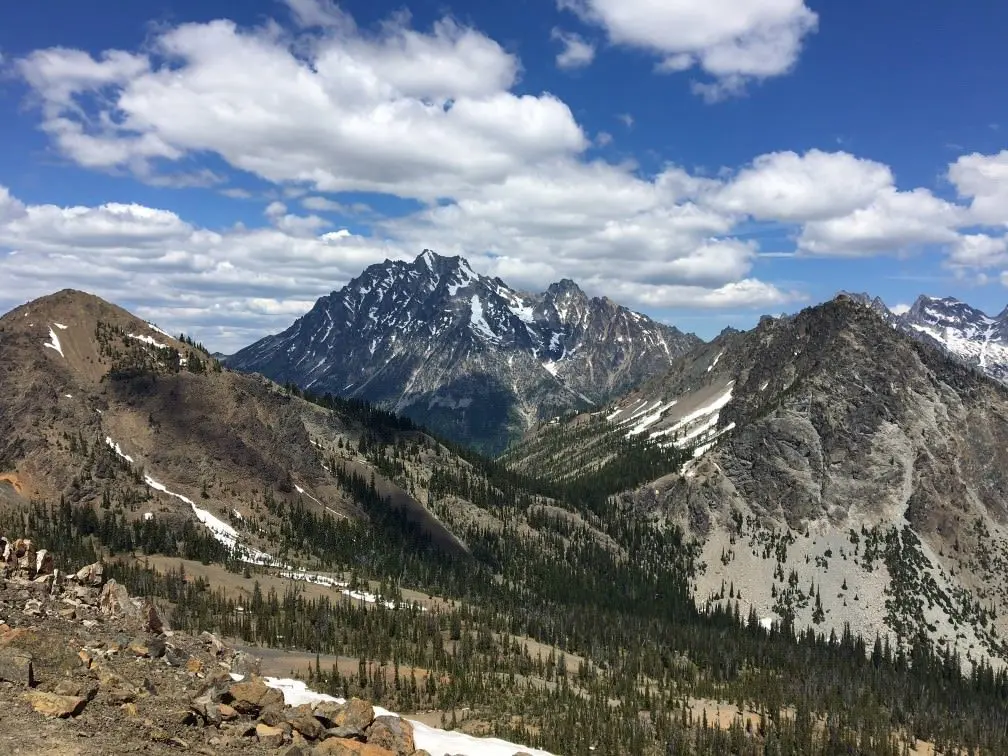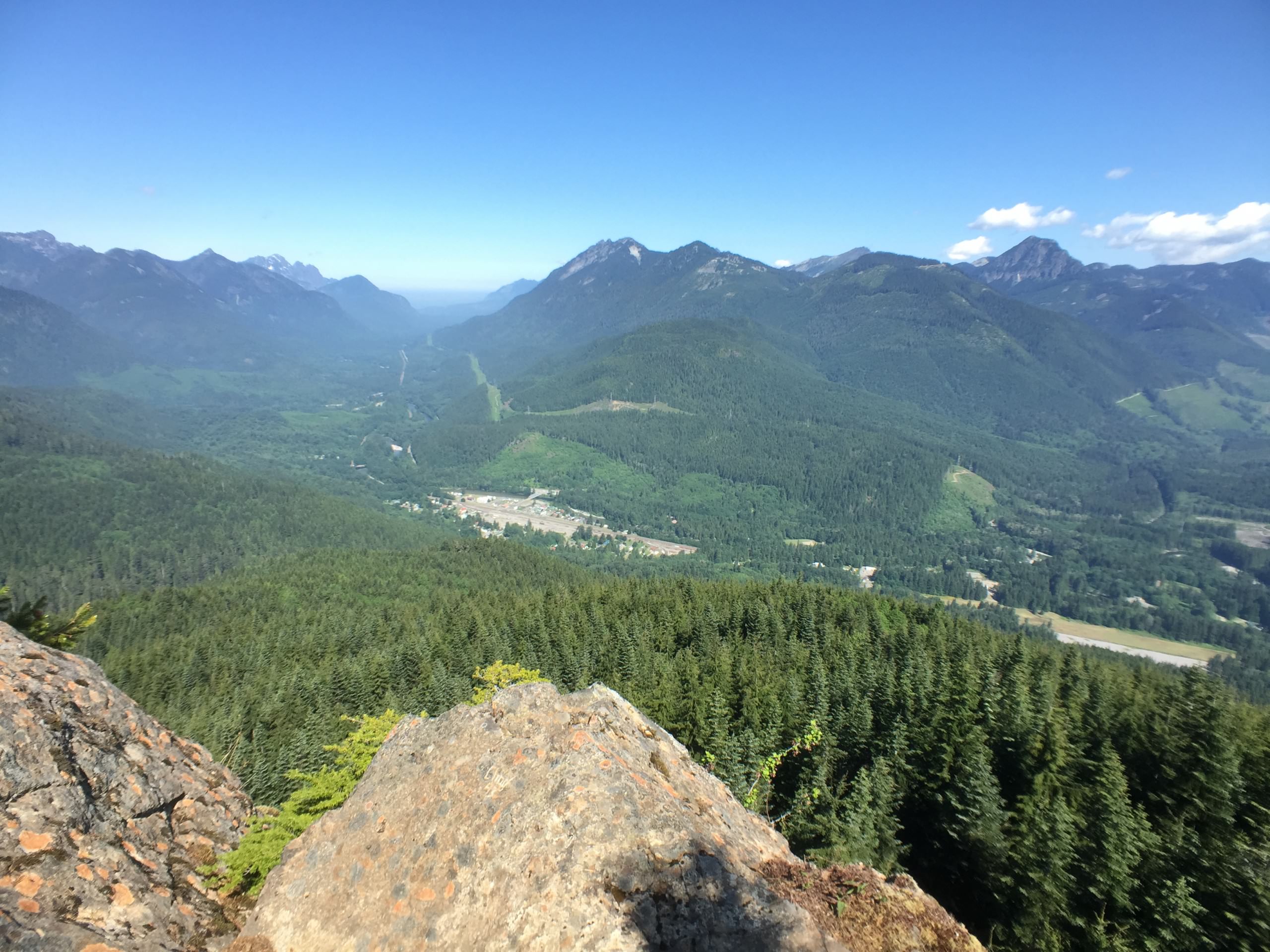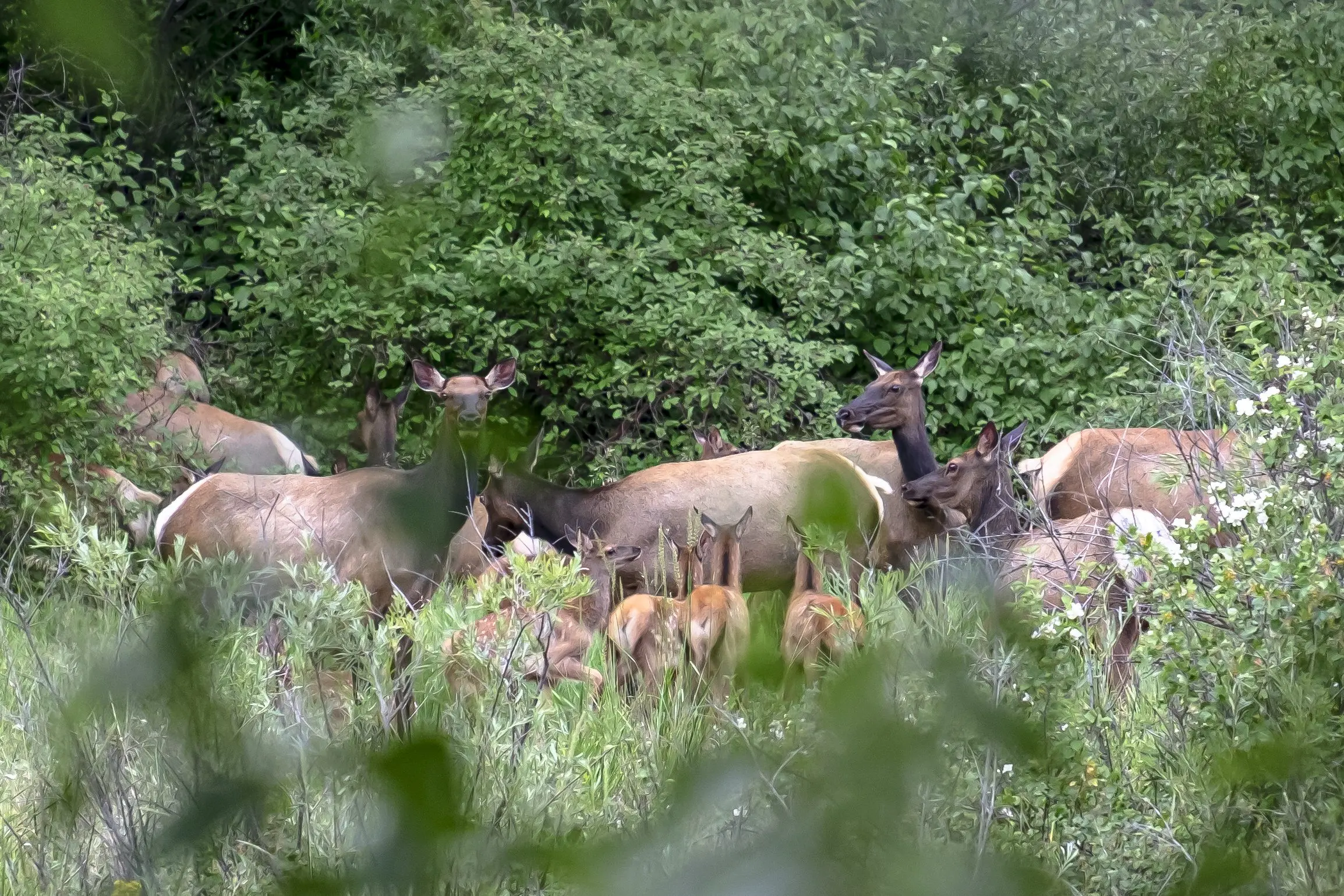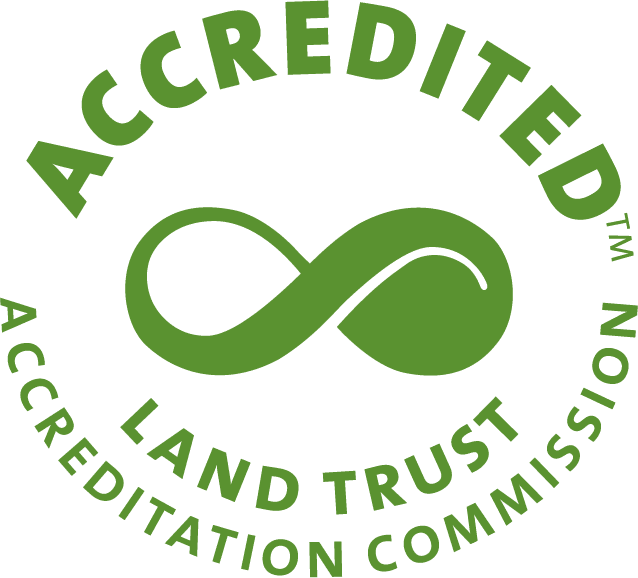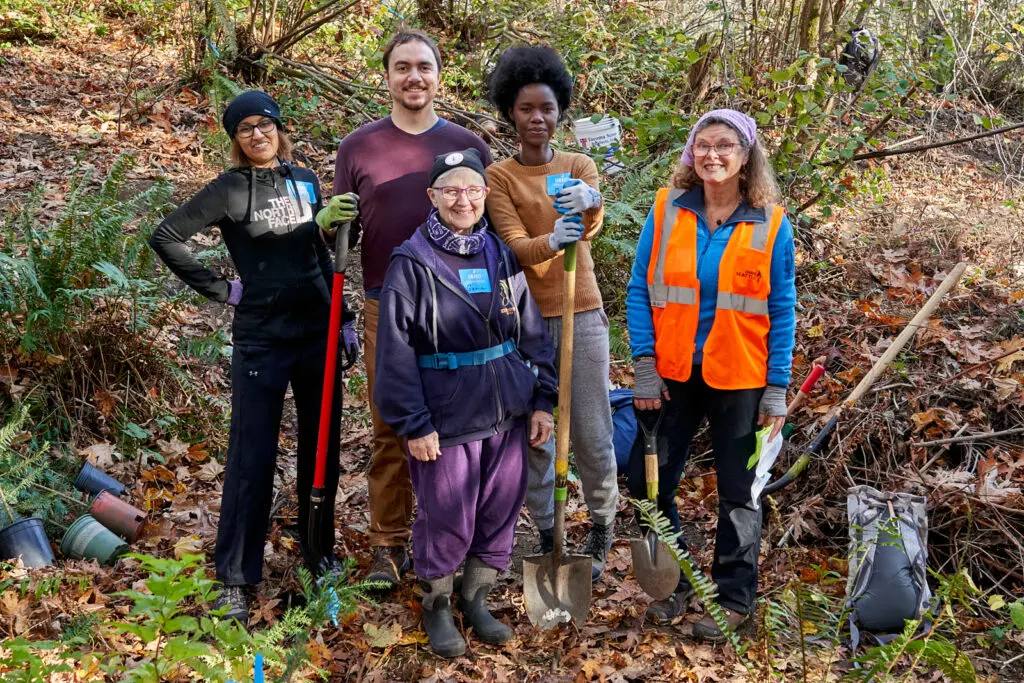Welcome to the Hazel Wolf Wetlands!
Forterra joined the partnership to craft a precedent-setting agreement which continues to serve as a model for the other preservation efforts.
Hazel Wolf Wetlands are open to the public and have connections to the extensive network that runs through Beaver Lake Preserve and Soaring Eagle Regional Park.
Visiting Hazel Wolf Wetlands
Trail Difficulty: Easy
Distance: 1.7 miles +/_
Address: 24733 248th Ave SE, Sammamish, WA 98075
Directions:
From Seattle, follow I-90 east to Exit 17. Then drive the Issaquah-Fall City Road east and bear left onto Duthie Hill Road. Turn left onto the Issaquah-Beaver Lake Road and after 0.7 miles, turn right onto Beaver Lake Drive. Follow for 1.8 miles to trailhead at Beaver Lake Preserve.
Please help up protect the wetlands by abiding by the preserve’s access and use rules:
- Stay on trails and travel quietly
- Keep all pets on a leash and remove pet waste
- Motorized vehicles are not allowed on the trail
- Do not light fires or fireworks
- Do not create trails, build structures, post signs or litter
- Leave all animals and plants undisturbed
- Please keep in mind that pets are not allowed on Ann’s trail
Hazel Wolf – A Legacy of Conservation
Our region owes a great debt to Hazel Wolf’s tenacity and advocacy.
A challenge
One of the biggest threats to urban lakes and streams is impervious surface. Our roads, driveways, sidewalks, roofs, and even the compacted soil under our lawns all shed water when it rains. Rather than infiltrating into the ground as it would in a natural landscape, much of this water runs off into the nearest stream, carrying with it the dirt, dust and harmful chemicals that have accumulated from our everyday activities. During a storm, great volumes of rainwater can rush from our roofs and pavement directly into streams, picking up contaminants along the way and forcing them to flow faster. These high-energy flows erode streambanks, scour away stream beds, and bury what is left under a layer of sediment, destroying sensitive aquatic creatures and their habitat.
A natural solution
What you'll find at Hazel Wolf Wetlands
Tap each image to learn more about the hidden inhabitants of the wetlands.
Great Blue Heron
Voracious Mosquito-Eaters
Upon maturity the nymph leaves the water and crawls onto a leaf or stem. After metamorphosis, the winged adult emerges, discarding its old skin like a too-small sweater.
Northwest Salamanders
Green algae within each egg provide oxygen for the developing larva whose wastes in turn feed the algae.
Hooded Merganser
Why Wetlands Are So Important
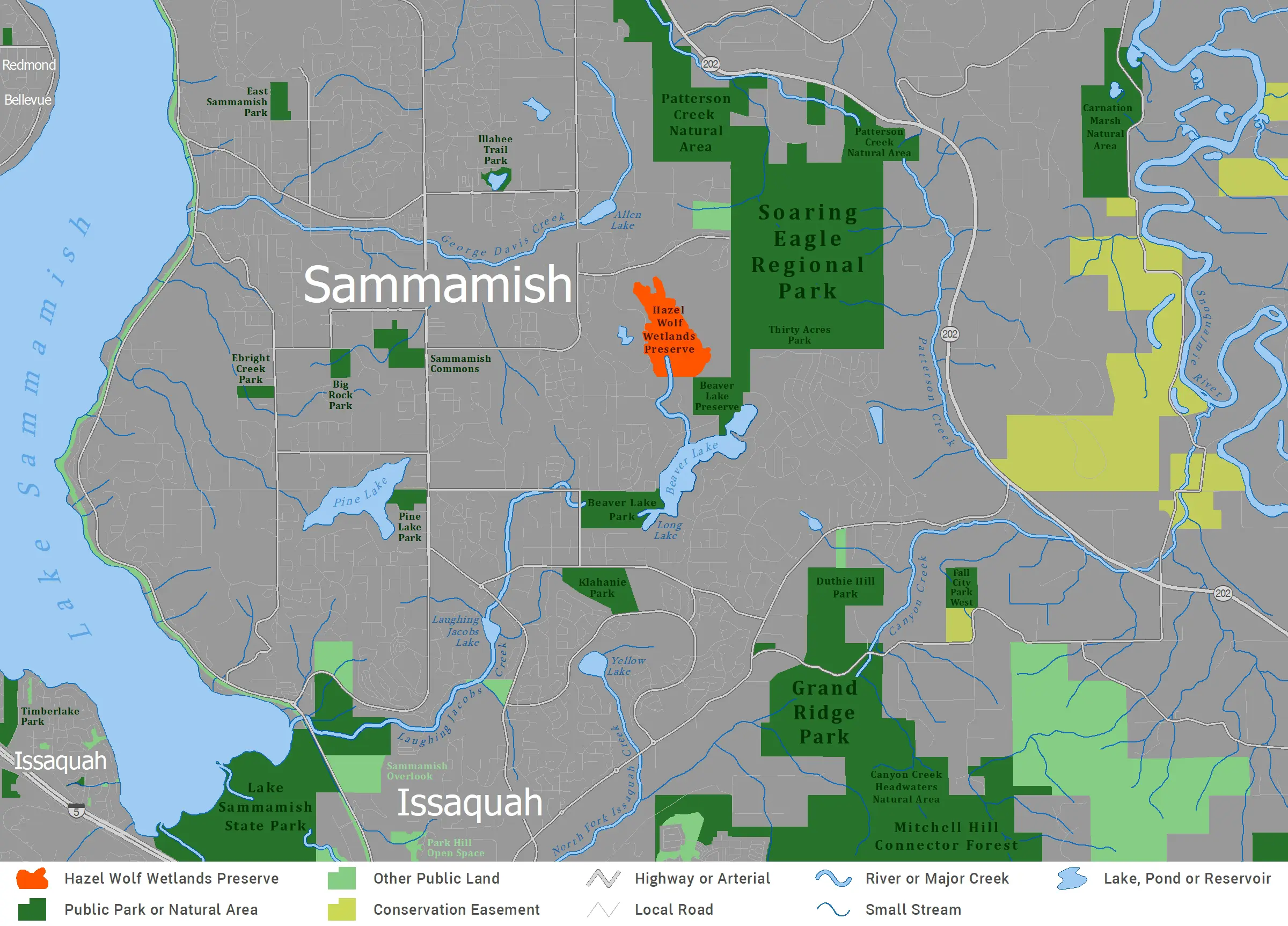
This Preserve Is Valuable
A System of Protected Habitats
Why Protect Wetlands and Forests?
Land Acknowledgement
We gather and live on the plains, plateaus, mountains, and coastal lands that have been home to Indigenous peoples since time immemorial. We respect their Indigenous, Tribal and Treaty Rights while honoring their stewardship and culture today.

